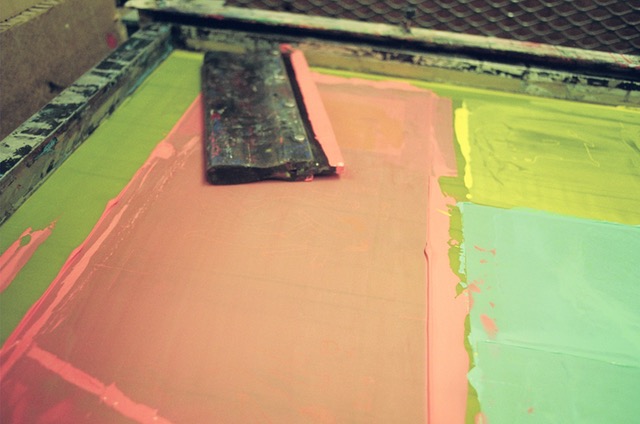Your shopping cart is empty!

Our Screen printing prices start at only $5.00 Ea.
(Prices Include basic 100% cotton T-shirts) a small pocket print on the front and logo on the back. Also No Screen Fees. For the front and back price, both the front and back must have the same colors or less. Moisture Wicking shirts are available with a upcharge. We also have specialty ink such as glitter that is also available for an up charge.
If you would like a variety of items to choose from we have blank apparel. You can choose some of these items at a upcharge.
Qty 50 $8 Each (Includes the T-shirt) Small pocket print and back print included
Qty 100 $7 Each (Includes the T-shirt) Small pocket print and back print included
Qty 1000 $5 Each (Includes the T-shirt) Small pocket print and back print included
Qty 50 $10 Each (Includes the T-shirt) Small pocket print and back print included
Qty 100 $9 Each (Includes the T-shirt) Small pocket print and back print included
Qty 1000 $7 Each (Includes the T-shirt) Small pocket print and back print included
Qty 50 $12 Each (Includes the T-shirt) Small pocket print and back print included
Qty 100 $11 Each (Includes the T-shirt) Small pocket print and back print included
Qty 1000 $9 Each (Includes the T-shirt) Small pocket print and back print included
Free Account
Create a Free Account to save your custom T-shirt designs
Free T-shirt Design
Design Your Custom Shirt on our website not only Free but Easy and Fast. Create a Free T-shirt Mockup and save it or share on social media.
We have the Lowest Prices
Custom T-shirts Starting at only $7.99 each with NO MINIMUM. If you find custom t-shirts this price anywhere else let us know ASAP.
We are SUPER FAST
We specialize in T-shirt Rush Orders. So its no surprise we have a 1-hour t-shirt printing option at checkout.
Fast Shipping Methods
We have the Fastest T-shirt Shipping methods available to choose from. You might as well say we offer t-shirt printing near you.
Eco-Friendly
We use Eco-Friendly Water Based Inks for DTG Printing. Most of the T-shirts that we use for dtg printing are 100% cotton.
No Minimum Orders
No Minimum Orders. We specialize in printing any amount of t-shirts. We can print event shirts, business shirts, birthday shirts, Team shirts, Individual Shirts, and more.
Custom T-shirt APP
We have Custom T-shirt apps for both Android and IOS. Create a T-shirt Design and share the t-shirt mockup with your friends and family. Our T-shirt Design app is FREE.